Coen
Queensland
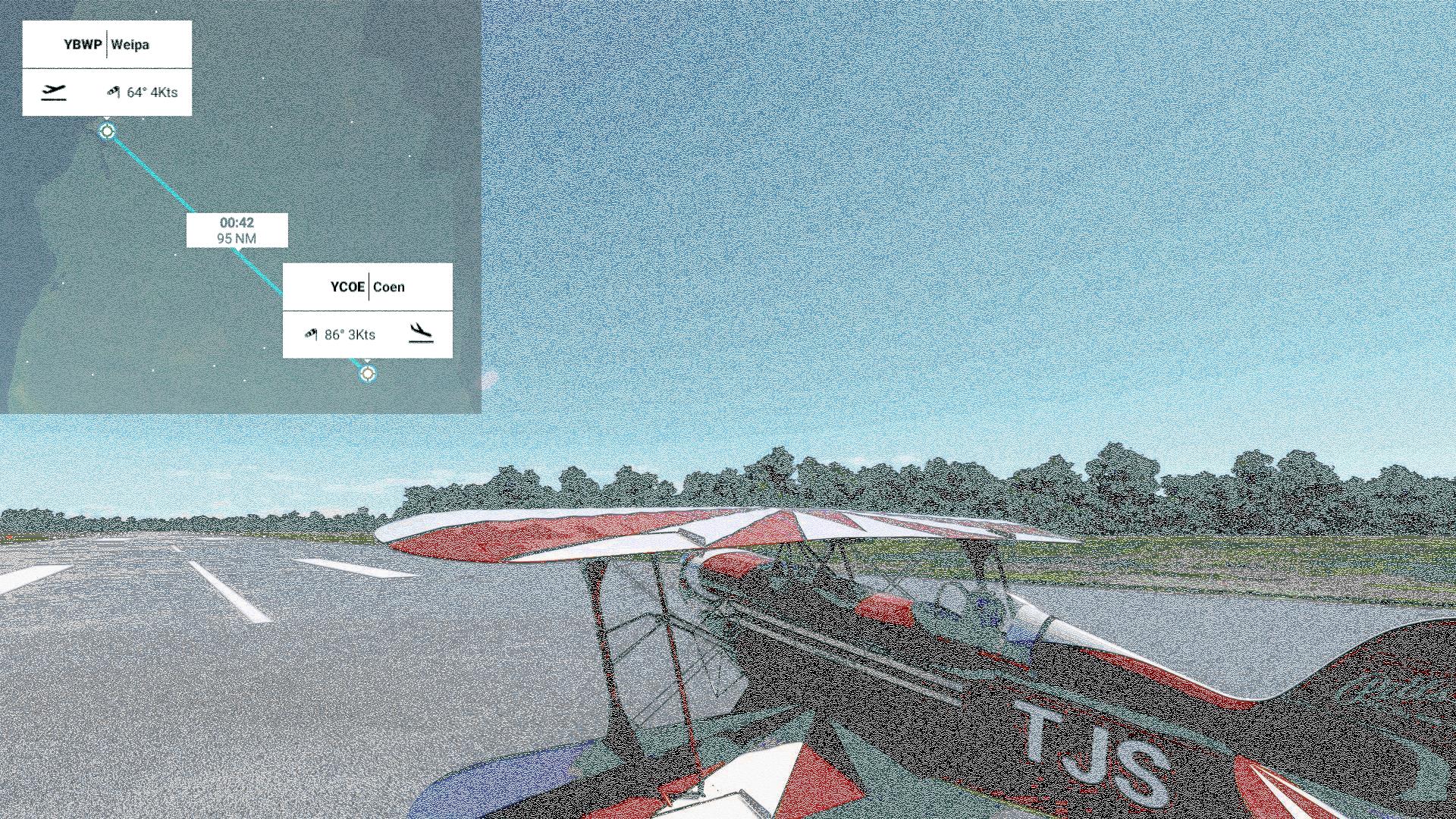
Today we're off to Coen, population 364. The most notable thing about Coen is that someone has hung a big "S" on the sign for the town's only pub, the Exchange Hotel, making it the Sexchange Hotel. Apart from that, it is the last stop on the Peninsula Development Road before it continues being various forms of not-paved for the 264 km drive to Weipa. The Queensland Government website advises that the road between Coen and Weipa is a "Dirt road - slippery when wet. High Clearance 4WD vehicles recommended during the wet season or following prolonged rain. [For more information] Check with Department of Transport and Main Roads. Ph 131940...". So that's about all you can say about Coen today. It is the start of a gruelling ordeal to get where you're really going, Weipa.
The Coen area, of course, has been inhabited for thousands upon thousands of years by indigenous folk. The Kaanju people in this case. It first came to the attention of Europeans in 1623, when Jan Carstensz aboard the Dutch East India Company's Pera named a river they were sailing past the Coen, after Jan Pieterszoon Coen, the Governor-General of the Dutch East Indies. When the British appeared, for whatever reason, likely spite, they renamed that river the Archer River
and named one of its smaller tributaries the Coen River.
Coen is, of course, Hebrew for "Priest" and some people, as was the case with the Governor-General, have it as a last name. That is one way a river can come be called Coen. But the same word means "Thunder" in some indigenous languages around these parts. So it is just possible that, by an astounding coincidence, the Coen river was always called the Coen river.
Be that as it may, gold was discovered on the Coen River, tributary to the Archer, in 1876 by one Robert Sefton. As there was no community here, and the indigenous Kaanju were not kindly disposed towards foreigners, Sefton built a fort there. That was the humble beginnings of the town of Coen. When Sefton returned down the Coen Track to Cooktown in 1878, carrying 140 ounces of gold, he caused a gold rush.
Almost overnight there were 500 miners in Coen. But it was not safe to travel too far from the safety of the fort, and the local alluvial gold was quickly exhausted. More gold was discovered far away in Lukinville, and that is where most of the little town of Coen went. Which left a bit of a void for the more adventurous. 350 Chinese miners came to the area in 1880 to carry on efforts. By 1881 their efforts must have been showing promise: European settlers started arriving. And that is when the Kaanju decided enough was enough.
The Cooktown paper had this to say about the episode: "I fear it will be some time before there is any attempt to stock the country again, as the blacks are likely to be very troublesome to the next party which goes out. I am informed that there are still two Europeans and ten Chinese prospecting about the Coen, but all teams and cattle have come in."
So that was that. Until 1883, when The Overland Telegraph to Cape York came to town. Telegraphs have very little power and there was no such thing as amplifiers back then. You had to have "repeater stations" every once in a while, where an operator would receive a telegraph coming from one direction and key it in again in the other direction to send the message on its way. So the little town of Coen became less of a gold prospecting fort and more of the Coen Carrier Repeater Station on the Overland Telegraph to Cape York. Suddenly the little town was quite important, and no one had any time for niceties with the local population. A "Native Police" camp was set up, full of people who fought like Kaanju but were not, in fact, Kaanju. And they had guns. Snider-Enfields, capable of firing 10 rounds per minute of .577 (that's big) bullets.
So the local Kaanju population decided to capitulate. They became stockmen at the new cattle stations. They worked for prospectors. Some worked in town. Some even worked for the Native Police. Now that it was safe, settlers arrived in force.
By 1890, the little town of Coen was fairly thriving, and had a population of over a hundred Europeans and twenty-five Chinese. There was a hotel, a store, a butcher's shop, a blacksmith, and six cottages for the use of itinerant miners and their families. Goods arrived from Port Stewart, a forty mile trip by bullock cart from the coast. It was idyllic and peaceful. And then reef gold was discovered.
Alluvial gold is what most people think of when they think of old timey prospecting - it involves taking pansfull of the bottom of the river and "panning" it to swirl away the mud and leave the gold. It is very time consuming and not really very efficient. It relies on nature having already done most of the work, digging the gold out of some rock such as quartz, turning the quartz into river bottom in the process. The veins in quartz containing gold are referred to as "reefs", and this is what you want for large scale production of gold. And this is what was discovered near Coen in 1893.
With the availability of reef gold, the Great Northern Mine came to town. Suddenly there was a post office. Times were good. So good that the local indigenous population was no longer required, and so with the Aboriginal Protection and Restriction of the Sale of Opium Act, 1897, over three hundred of them bid adieu to their ancestral home and took up residence in their new home, Palm Island, a squalid reserve known as "the Mission".
Meanwhile, the Great Northern Mine continued pumping wealth and prosperity both into and out of the community of Coen. Over its history it produced 52,000 Troy ounces of gold. A Troy ounce is slightly heavier than an avoirdupois ounce (although oddly, at 12 Troy ounces to the Troy pound, a Troy pound is lighter than an avoirdupois pound) so this production would be a staggering 1,617 kg of gold. And then it all ended in1916 and the mine left town.
The town was still important as a repeater station, however. And in the 1930s, with an increasingly militant Japanese Empire within striking range of the entirety of Cape York, communications were vital. There was quite an expansion of telecommunications all along the peninsula, and Coen was, quite literally, central to this effort. The telegraph system, only capable of Morse, was upgraded to allow voice, and redundant lines were installed. An airfield was built to the north of the town, and at one point, there were nearly two thousand men working on telecommunications on Cape York, with Coen playing a central role. And then the war ended.
By 1982 there was broadband radio providing telecommunications as far north as Coen. By 1987 this was extended as far north as Thursday island, meaning that Coen was no longer required as a telecom hub. There was no more gold. It was forty miles away from the coast and the tourists. Droughts, rains and bushfires made cattle stations risky. All that Coen had was that it was on the road to Weipa. The population of Coen was 416 in 2011. Today it is 364. Tomorrow... we shall see. All around Queensland, and, more broadly speaking, Australia, small town demographics are in flux. Some are thriving. Some are dying.
So off to Coen.
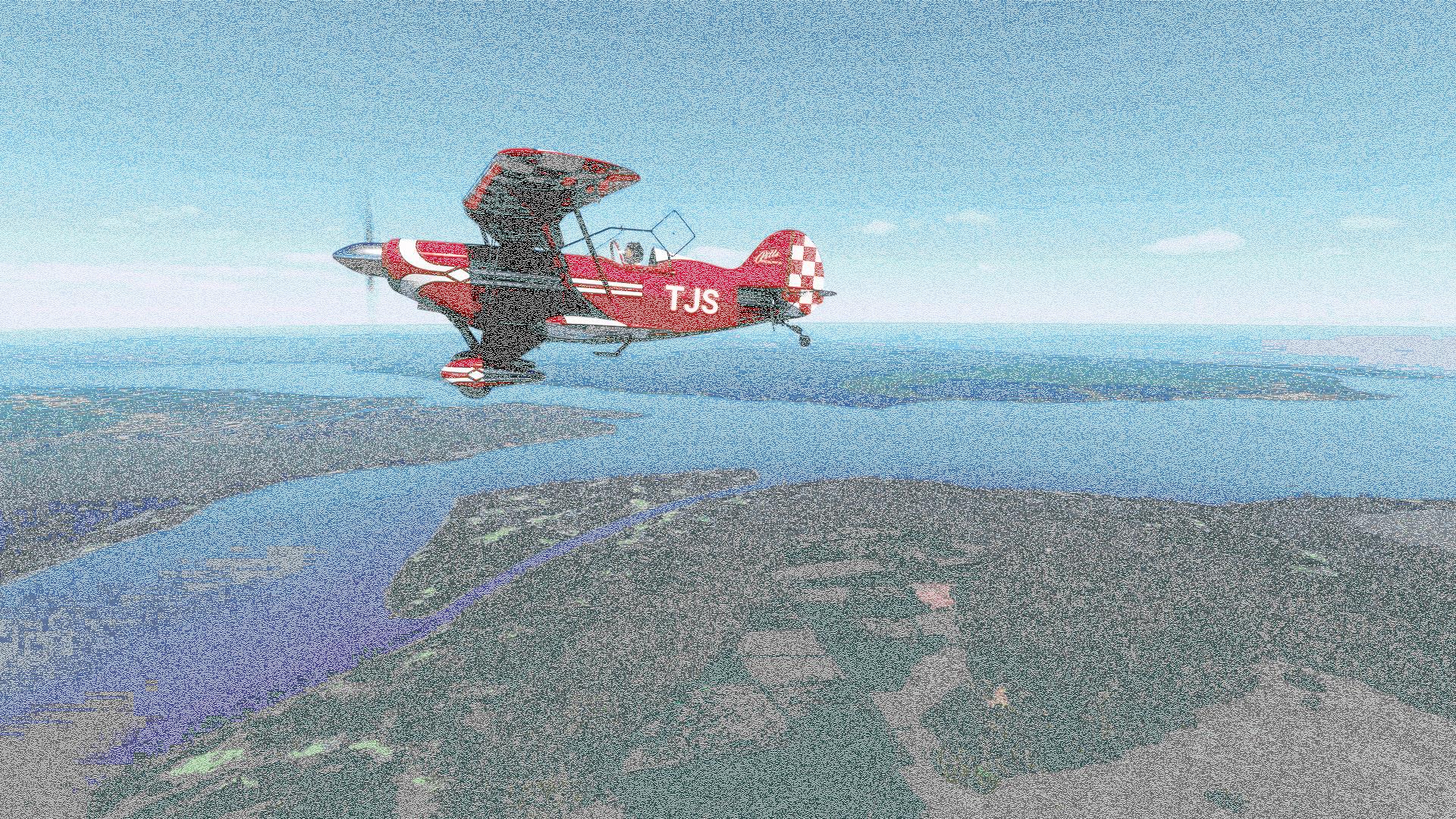 Leaving the relative prosperity of Weipa.
Leaving the relative prosperity of Weipa.
|
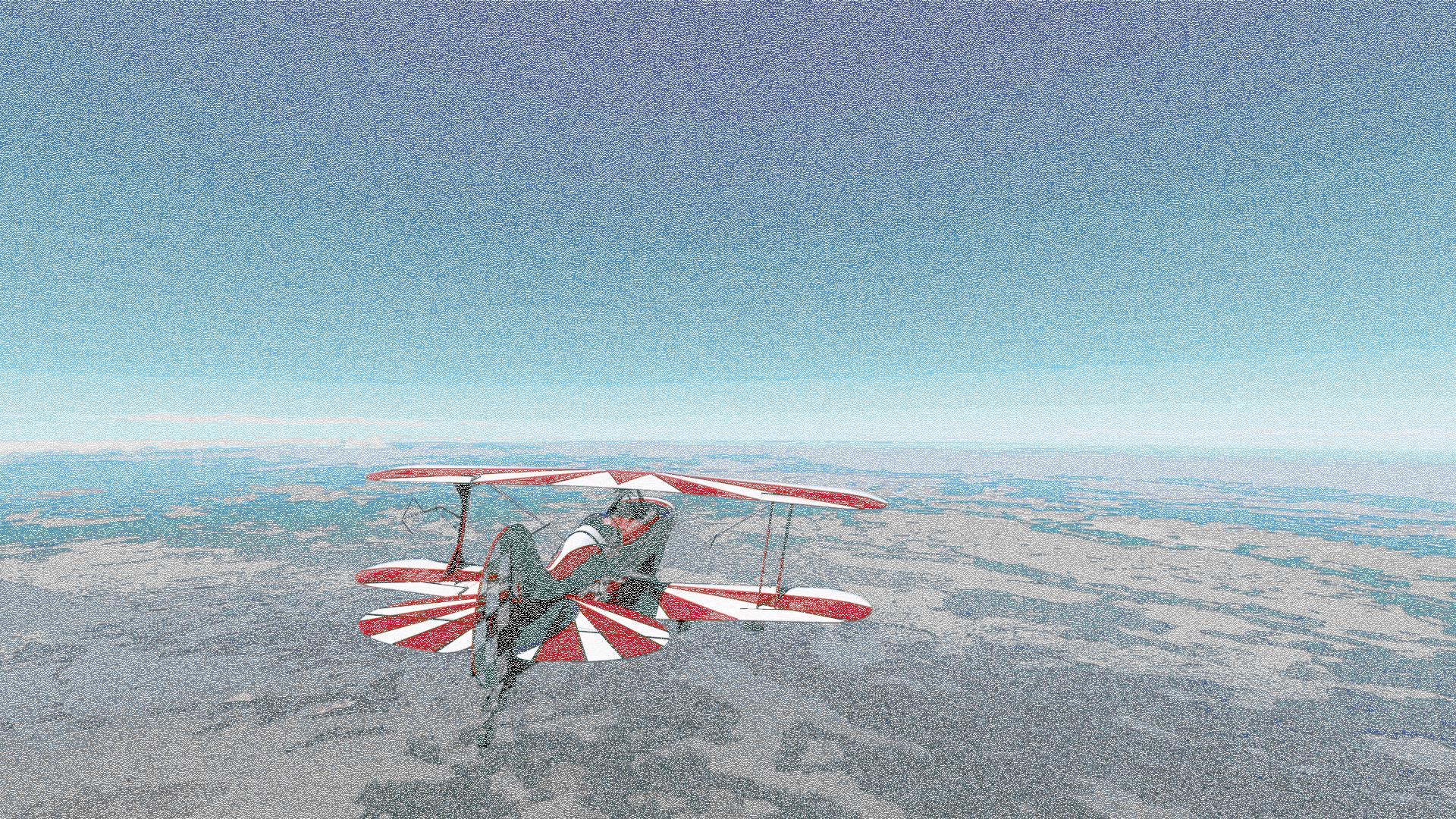 GAFA can refer to Google, Apple, Facebook and Amazon, unless you live in Australia. Then it refers to the nothingness in the center of the continent. So this is technically neither of the possibilities for GAFA, however I'm definitely getting nothingness here.
GAFA can refer to Google, Apple, Facebook and Amazon, unless you live in Australia. Then it refers to the nothingness in the center of the continent. So this is technically neither of the possibilities for GAFA, however I'm definitely getting nothingness here.
|
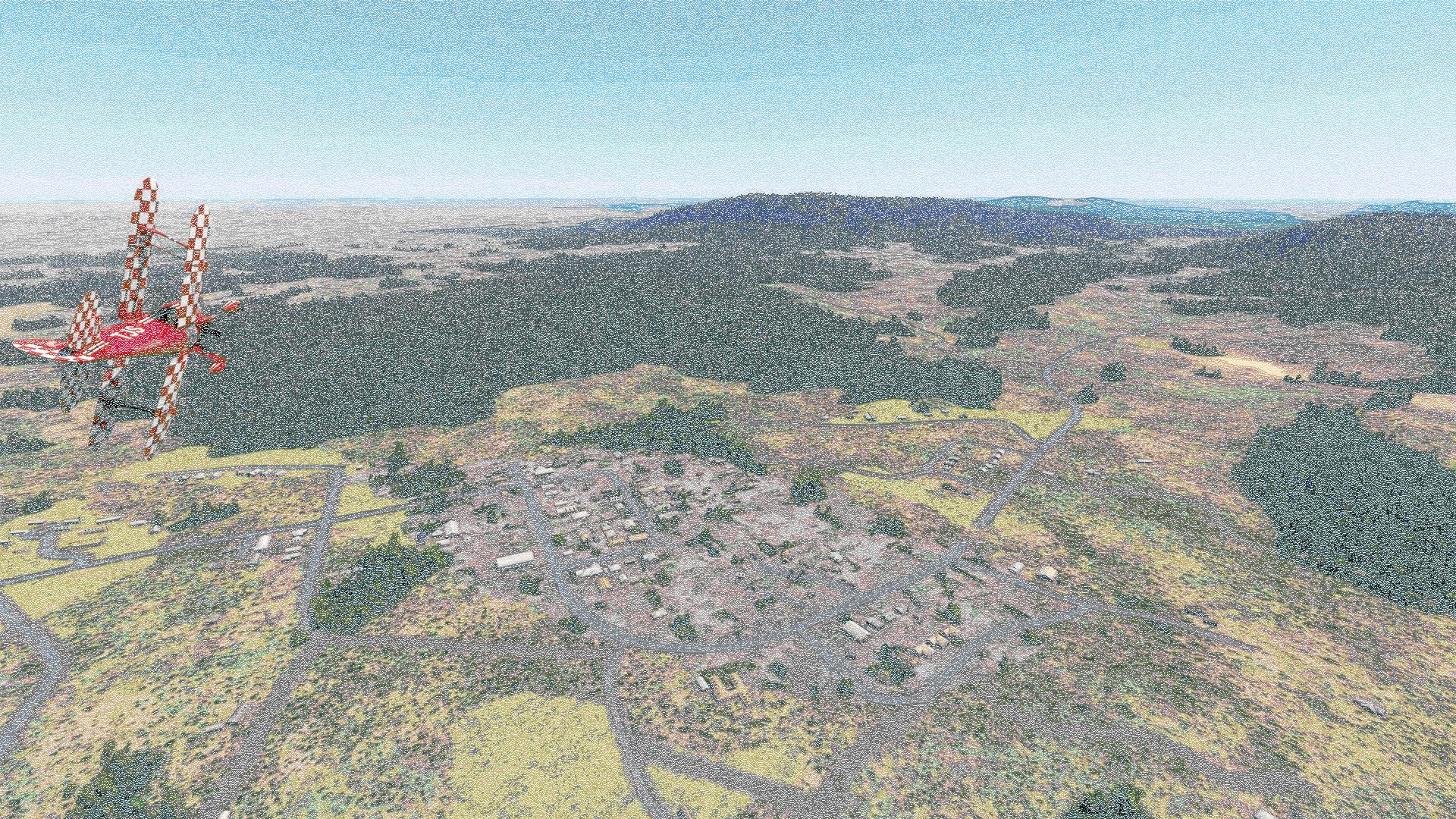 And there is Coen, in all of its glory.
And there is Coen, in all of its glory.
|
So welcome to Coen. Sarvo we'll get a coldie at the Sexchange.
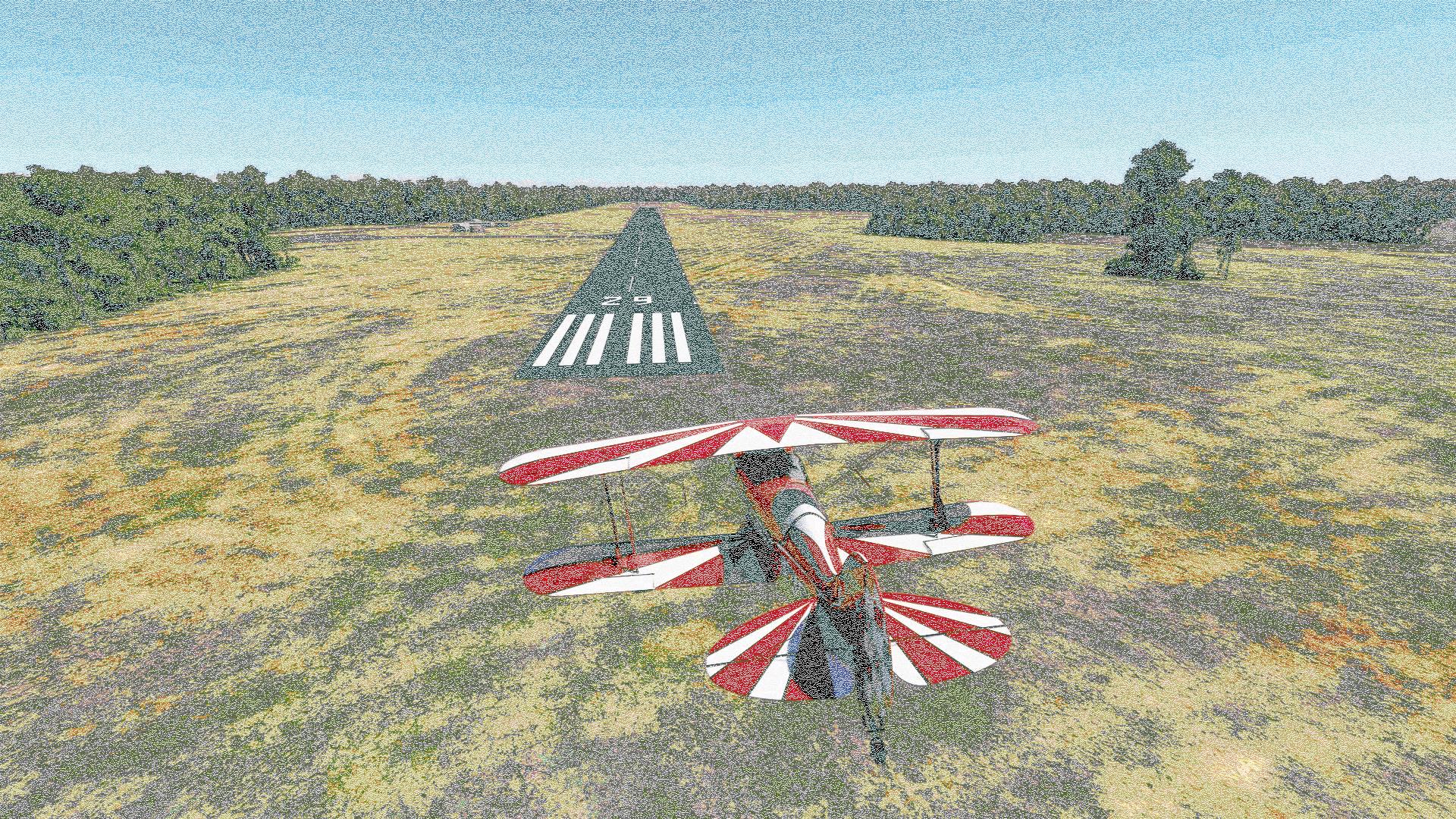 |
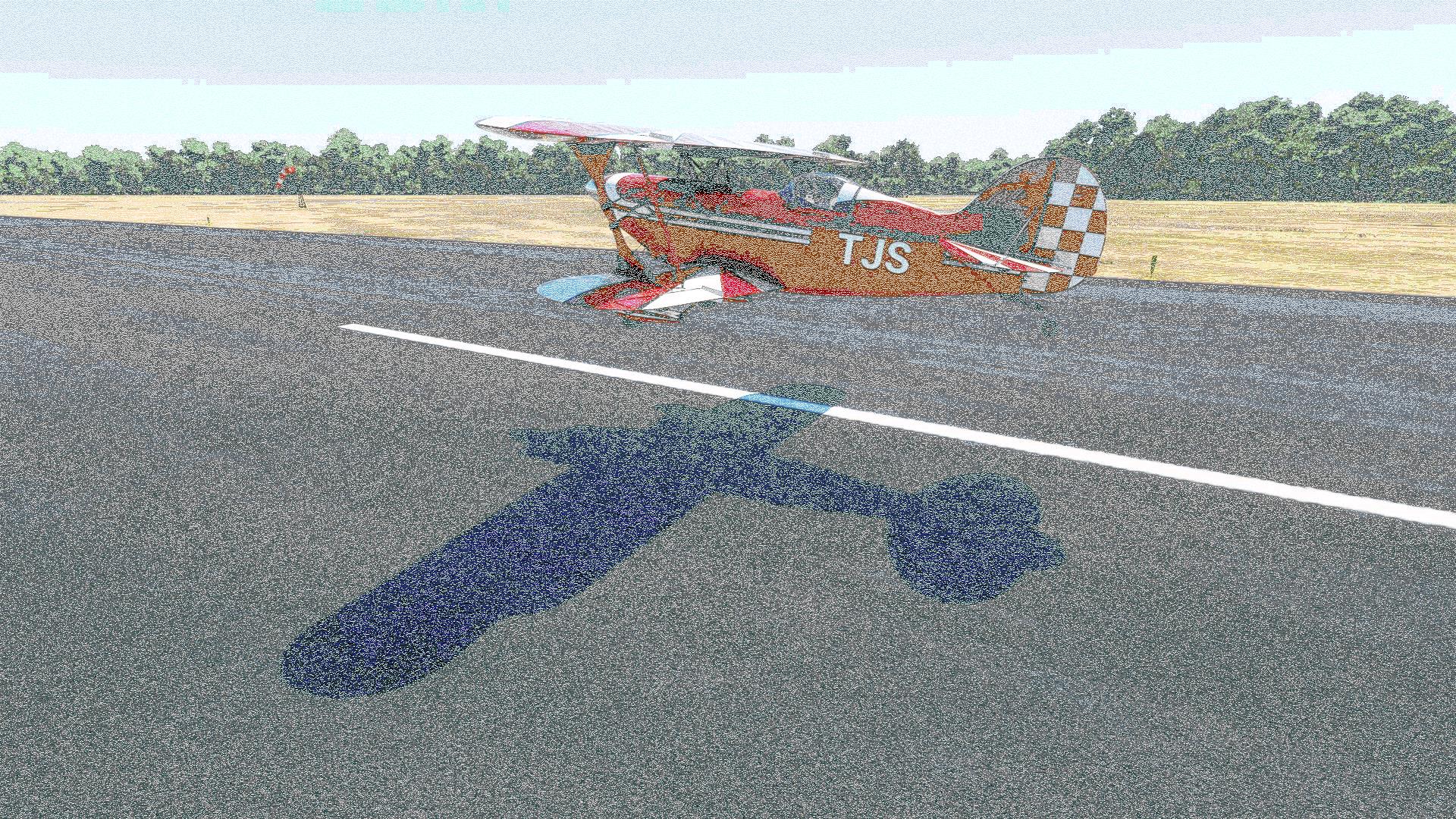 |